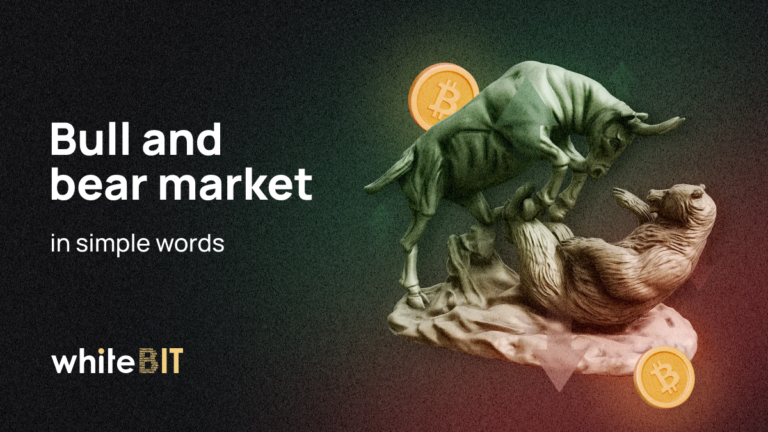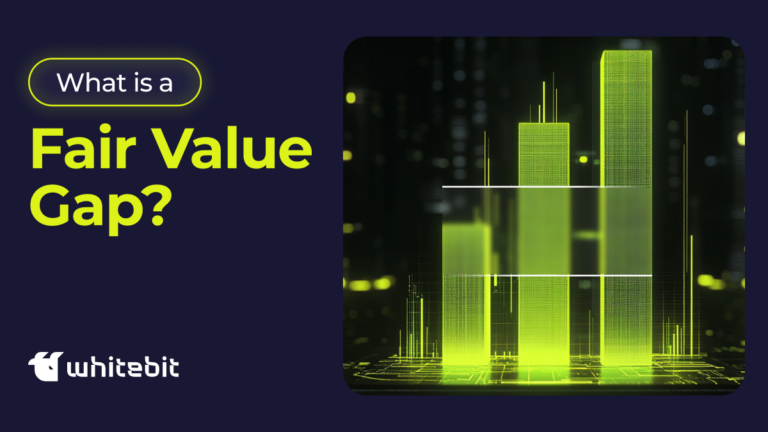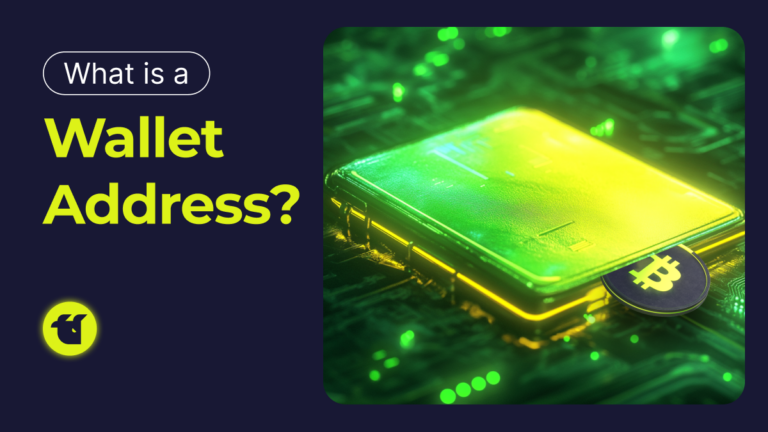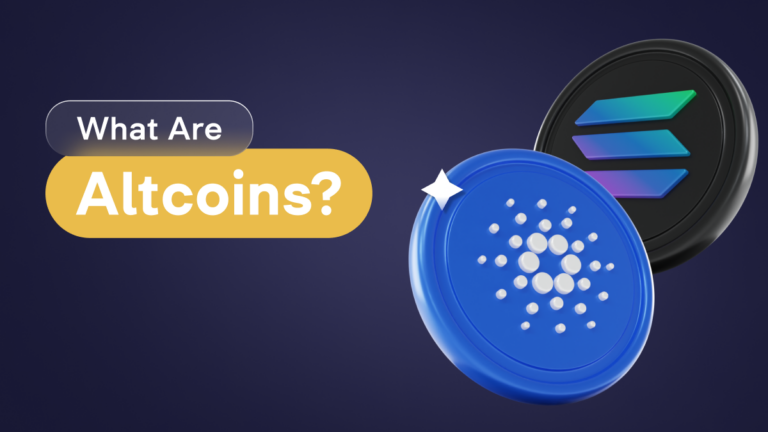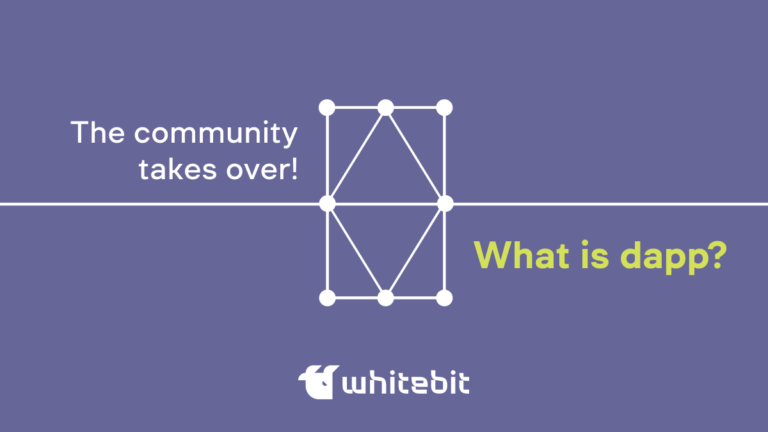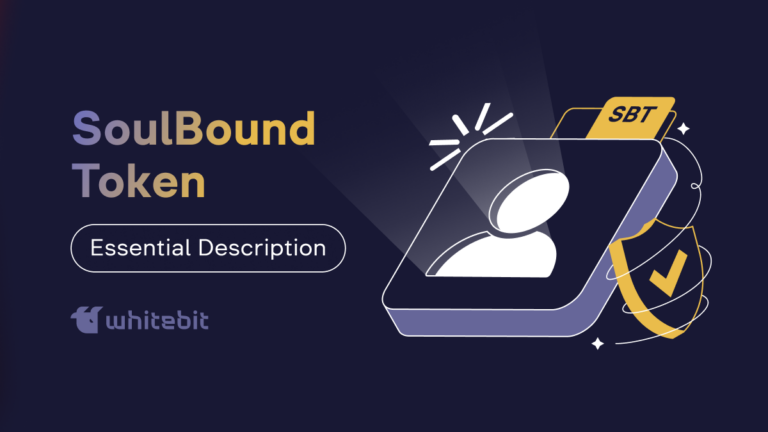What is an Order Block in Trading: Full Guide
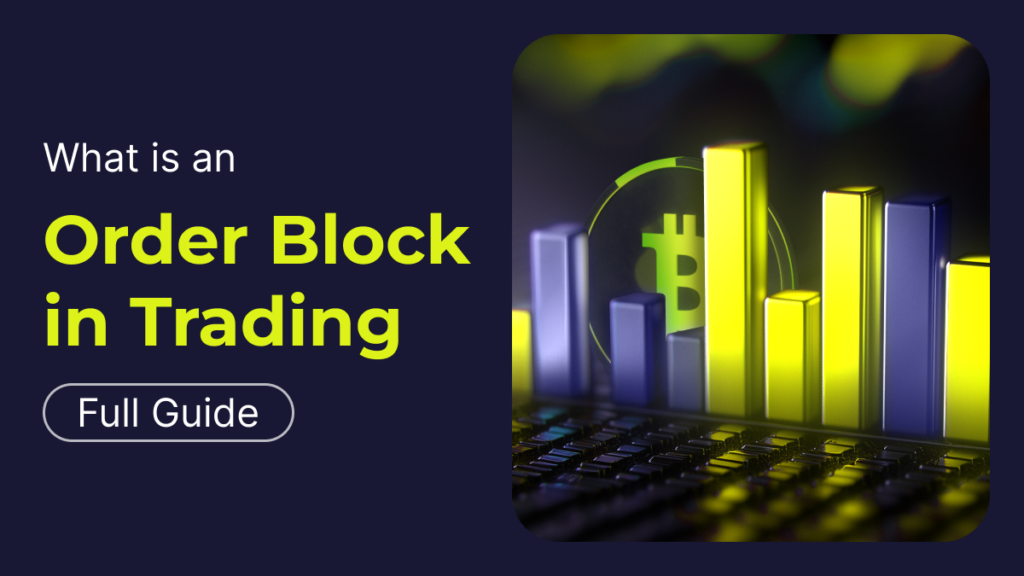
Content
- Order Block Definition (OB)
- How Does Order Block Work
- Different Types of Order Blocks in Trading
- Bullish Order Block Crypto
- Bearish Order Block
- How to Identify Order Blocks
- Real Trading Order Block Examples
- Breaker Block Vs Order Block
- Order block Indicators
- How to Draw Order Blocks
- Order Block Trading Strategies
- Conclusion
- FAQ
An order block is a crucial concept in trading, particularly for those looking to understand how large institutions and smart money operate in the market. By identifying these zones where significant buy or sell orders are placed, traders can gain insight into key areas of support and resistance levels, allowing for better-informed trading decisions. In this full guide, we will break down the meaning of order blocks, explain how they work, and explore how traders can incorporate them into their strategies for improved market timing and profitability.
Order Block Definition (OB)
Order Block is a key concept in crypto trading, often used by experienced traders to identify potential crypto prices reversals or strong moves. It refers to a large cluster of buy or sell orders that institutions or big players place in the market. These blocks create significant price levels, acting as zones of support or resistance. When the price reaches an order block, it often reacts strongly—reversing direction or breaking through with momentum.
For traders, spotting an order block can signal a great entry or exit point. For example, if the price touches a large buy order block, it could bounce upward as demand increases. Similarly, a sell order block might push the price down. By understanding where these large orders are placed, traders can make more informed decisions, aligning their strategies with the actions of big market players, and improving their chances of success.
How Does Order Block Work
An order block shows where big players in the market—like institutions or large investors—are placing large buy or sell orders. These blocks create strong zones when analyzing price charts that act as support or resistance.
When the price of a cryptocurrency moves toward an order block, traders watch closely. If it’s a buy order block, the price often stops dropping and may bounce back up, as the large buy orders create demand. If it’s a sell order block, the opposite happens—the price may stop rising and start to fall due to increased selling pressure.
Order blocks are important because they signal where these big players are interested in buying or selling. Retail traders, or smaller players, can use this information to make better trading decisions, such as entering a trade when the price touches a buy block or exiting when it reaches a sell block.
Different Types of Order Blocks in Trading
In crypto trading, order blocks are areas on the chart where large buy or sell orders are placed by institutions or major investors. There are two main order block types: bullish and bearish order blocks.
Bullish Order Block Crypto
A bullish order block is a zone where big buy orders are grouped in the order book. This creates strong support in the market, as the demand for cryptocurrency is high at that level. When the price reaches a bullish order block, it stops dropping and reverses upward because large players step in to buy. Traders see this as a signal to enter a long position, expecting the price to rise. Bullish order blocks usually appear at the end of a downtrend, marking a potential shift to an uptrend.
Bearish Order Block
A bearish order block works the opposite way. It’s a zone where large sell orders are concentrated, creating resistance. When the price reaches a bearish order block, it often stops rising and may start falling as big players sell off their holdings. Traders consider this a signal to enter a short position, expecting the price to drop. Bearish order blocks are commonly found at the end of an uptrend, signaling a potential downturn.
How to Identify Order Blocks
Identifying order blocks in crypto trading can help you spot strong support or resistance zones and make better trading decisions. Here’s a simple step-by-step guide:
1. Identify Market Structure
Start by analyzing the overall market trend. Is the market in an uptrend, downtrend, or ranging (sideways movement)? This helps you understand where to expect bullish or bearish order blocks. For example, in a downtrend, look for bullish order blocks, and in an uptrend, look for bearish ones.
2. Look for Consolidation Areas
Order blocks often form in areas where the price consolidates (moves sideways) before making a strong move up or down. These are places where big players accumulate buy or sell orders. On the chart, these areas appear as clusters of candlestick charts that don’t show much price movement.
3. Identify Strong Candles After Consolidation
Once you find a consolidation area, look for a strong breakout candle—either a big green candle (bullish) or a big red candle (bearish). This indicates that many orders were triggered, confirming the presence of an order block.
4. Mark the Last Opposite Candle
To accurately mark the order block, highlight the last bullish candle before a price drops (bearish order block) or the last bearish candle before a price rises (bullish order block).
5. Wait for the Price Retest
After marking the order block, wait for the price to return to that zone. If the price touches it and reacts, this confirms the validity of the order block.
Real Trading Order Block Examples
In real trading, order blocks can be powerful tools for predicting price movements. Here are some simple examples to help you understand how they work.
Example 1: Bullish Order Block
Imagine Bitcoin is in a downtrend, and the price has been falling for several days. Then, at $25,000, the price starts consolidating, moving sideways. After a while, a big green candle appears, pushing the price to $26,500. This signals a bullish order block was formed around $25,000, where large buyers stepped in. Traders watching this would mark that $25,000 zone as a key level. If the price drops back to this level, it’s likely to bounce, as big buyers might enter the market again providing liquidity.
Example 2: Bearish Order Block
Now, let’s look at Ethereum. The price is in an uptrend, reaching $2,000. It consolidates for a while, and then a big red candle drops the price to $1,850. This suggests a bearish order block was formed at $2,000, where large sellers entered. Traders would mark this area as resistance. If the price rises back to $2,000 and struggles to break through, it’s likely to drop again as sellers re-enter the market.
These examples show how order blocks create reliable entry and exit points for traders by highlighting areas where large players place their trades.
Breaker Block Vs Order Block
Understanding the difference between a breaker block and an order block is crucial for traders, especially when using an order block strategy.
An order block is a price level where large buy or sell orders are placed by institutions, often leading to significant support or resistance. The order block meaning in trading refers to these zones where big players accumulate positions, creating potential entry and exit points for retail traders. Order blocks can be classified as bullish and bearish order blocks. A bullish order block occurs at the end of a downtrend, indicated by an order block candlestick pattern that suggests strong buying pressure. Conversely, a bearish order block appears at the end of an uptrend, signaling strong selling pressure.
On the other hand, a breaker block is a concept that develops when the price breaks through an existing order block. This can indicate a shift in market sentiment. For example, if a price moves past a bearish order block and then returns to that level, it may now act as support rather than resistance.
In summary, while both order blocks and breakers help identify key price levels influenced by institutional order blocks, they serve different purposes. Order blocks are established before a price move, while breaker blocks signal a change after the price has broken through. Recognizing both can enhance your trading strategy and improve your decision-making process in the crypto market.
Order block Indicators
Order block indicators are tools that help traders identify key support and resistance zones in the market. These technical analysis indicators highlight areas where large buy or sell orders have been placed, making it easier to spot potential entry and exit points.
For traders using MT4, various order block indicators MT4 are available that visually mark these zones on the live cryptocurrency charts. Similarly, order block indicators MT5 offer enhanced features and customization options to help traders refine their strategies.
The best order block indicator typically combines price action analysis with automated marking of order blocks, allowing for quick and efficient decision-making. By using an order block indicator, traders can better understand market dynamics and improve their chances of success. Overall, these indicators simplify the process of finding order blocks, making it easier for novice and experienced traders to navigate the crypto market effectively. It is also important to combine this type of analysis with other types, such as fundamental analysis.
How to Draw Order Blocks
Drawing order blocks on a chart is a straightforward process that helps traders identify key zones of support and resistance. Here’s how to do it step by step:
- Identify the Market Trend
First, determine the market’s overall trend—whether it’s moving up (bullish), down (bearish), or sideways (ranging). This helps you determine whether you’re looking for a bullish or bearish order block.
- Spot Consolidation Before a Big Move
Order blocks are usually formed in areas where the price consolidates (moves sideways) before a strong move up or down. Look for tight clusters of candles, where the price doesn’t move much, and then a breakout with a big candle.
- Mark the Last Opposite Candle
To draw the order block, highlight the last candle that moved in the opposite direction of the breakout. For a bullish order block, mark the last red (bearish) candle before the price moves up. For a bearish order block, mark the last green (bullish) candle before the price moves down.
- Extend the Zone
Extend the order block horizontally across your chart once you’ve marked the order block. This will serve as your key level to watch for future price reactions.
By drawing these zones, you can spot potential entry or exit points based on where large buy or sell orders are likely placed.
Order Block Trading Strategies
Order block trading is a strategy used to follow the footprints of big players, also known as “smart money,” in the crypto market. By understanding how to trade order blocks, you can improve your entry and exit points by focusing on key areas where large buy or sell orders are placed. Here’s how you can use this strategy effectively:
- Identify Order Blocks on the Chart
To trade crypto order blocks, first, identify areas of consolidation before a strong price move on your MT4 or MT5trading platform. These areas represent smart money positioning itself. After the price consolidates, look for a breakout candle—either bullish (big green) or bearish (big red). The last opposite candle before this breakout forms the order block. For a bullish order block pattern, it’s the last red candle; for a bearish pattern, it’s the last green candle.
- Use an Indicator
While order block trading is often done visually, you can use an indicator like a support/resistance tool to help mark these levels. On MT4 or MT5, use the tool to draw lines around the order block zone.
- Wait for a Retest
Once you’ve identified an order block, wait for the price to return to that area. This is when you can plan your trade. For a bullish order block, if the price drops to the block and shows signs of bouncing, it’s a signal to go long (buy). For a bearish order block, if the price rises to the block and starts falling, you can short (sell).
- Confirm with Price Action
Before entering a trade, confirm your strategy with price action patterns of technical analysis, like a reversal or engulfing candle. This increases the chances that the order block will hold as support or resistance.
Conclusion
In conclusion, understanding order blocks in trading can give you a significant edge in navigating the market. By identifying key areas where large institutional traders place their orders, you can better anticipate price movements and make informed decisions about when to enter or exit trades. Whether it’s a bullish or bearish order block, recognizing these zones of support and resistance helps you align your strategy with the behavior of smart money, improving your overall trading success.
Integrating order blocks into your strategy requires practice, but the benefits can be substantial. You’ll be able to spot high-probability trade setups, manage risk more effectively, and potentially increase your profit margins. Tools like order block indicators on platforms like MT4 and MT5 can assist in identifying these zones, making the process easier for beginners and experienced traders.
Ultimately, mastering order blocks allows you to trade more confidently, taking advantage of the same price levels that major market players target. As you develop your skills and knowledge, order blocks can become a valuable part of your overall trading approach, helping you stay one step ahead in the competitive trading world.
FAQ
To spot order blocks in trading, you need to look for areas on the chart where the price consolidates, typically moving sideways in a tight range, before making a strong breakout in one direction. These consolidation zones represent where large institutional traders or "smart money" are placing their buy or sell orders. Once you notice a significant breakout candle, you mark the last opposite-colored candle before the breakout. This becomes your order block, signaling potential future support (in a bullish scenario) or resistance (in a bear one).
A breaker block occurs when a previously established order block fails to hold as support or resistance and gets "broken." For instance, in a bull trend, a price may break through a bearish order block (a zone of resistance) and reverse direction, indicating that the resistance has now become support. Traders use breaker blocks as a sign that the market is shifting and may enter trades when the price retests the breaker block, now acting in the opposite role (support instead of resistance or vice versa).
The fair value gap (FVG) refers to a price gap between two strong price moves, often created by volatility and imbalanced trades. This gap can align with an order block because order blocks often occur near fair value gaps. When the price returns to the order block, it may fill the fair value gap as the price balances out between buyers and sellers. Traders watch for these gaps to close, confirming that the price will likely react at the order block, offering a potential trading opportunity.

